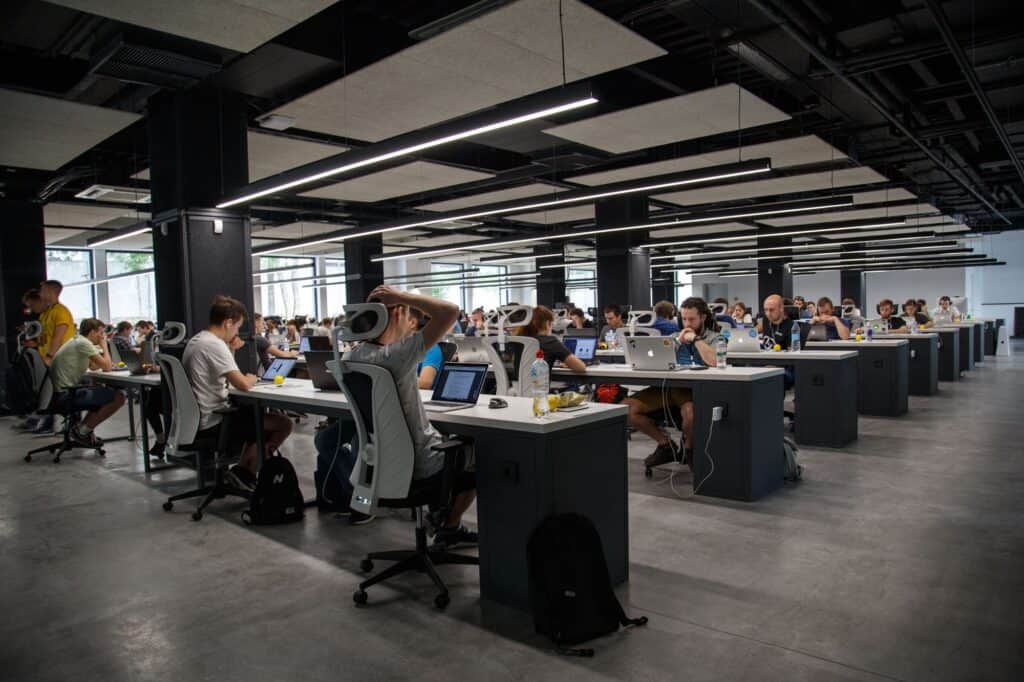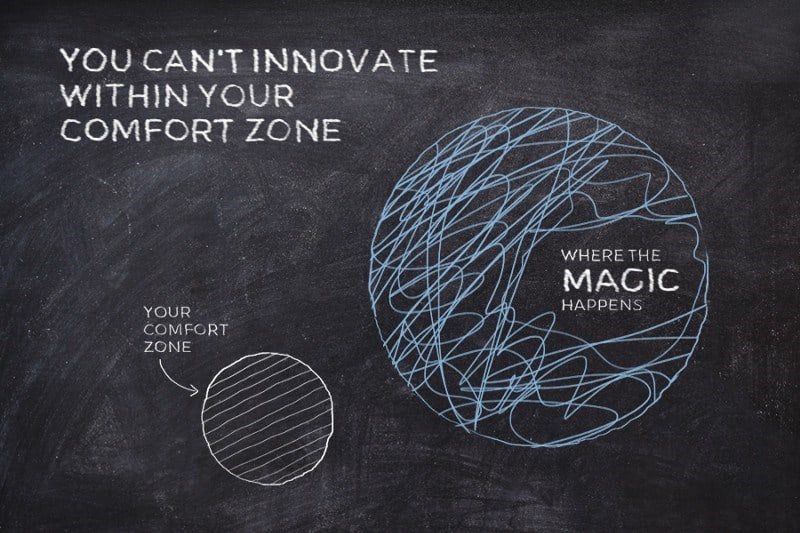Finally, we have a good summary backed by science about returning to the office and the actual impact offices have on us.
Ph.D. Libby Sander and her colleagues conducted a long-term study on how our physical environments influence our psychological and physical states.
Their findings resulted in the following article: ‘Disastrous experiment’: Real reason behind hated return to work push
I think the article’s subtitle captures the gist of the issue quite well:
Elon Musk says working from home is “morally” wrong – but it turns out there’s more to the story than your boss is telling you.
I think the push in some quarters to get everyone back into the office for the majority of the time is being driven by two factors. The first one is concern about commercial property values. The second is a peculiar harking back by some managers to a 1950s Theory X approach. Theory X assumes that all workers are lazy, must be watched at all times, and need to be directed and controlled in order to work.
This is where I want to write about the study: “and the results will shock you!” – but honestly, I don’t think they will. Anyone who has been listening to their colleagues already knows all of this, deep down.
A quick summary of the article:
- Noisy, open-space offices can hurt employees’ health, stress them out, and slow down their work. Studies prove that distractions in these places make it hard for people to focus and work together.
- Many people argue that everyone should always work in the office, but they don’t consider that everyone is different. Different tasks need different ways of thinking, feeling, and physical setups. So, designing a workspace that fits everyone in the same way might not work.
- To create the best work environments, we should focus on crafting spaces that optimize your employees’ work states. This involves paying special attention to crucial psychological responses, like maintaining cognitive focus, fostering emotional engagement, and building a sense of connection and belonging. It’s all about keeping your employees at the top of their game!
- How we design workspaces can profoundly impact your employees’ psychological and physical wellbeing. So, why not create spaces that inspire awe, beauty, and complexity? Research suggests these kinds of environments can elevate mood, boost creativity, and promote overall well-being.
- Instead of just focusing on the workplace as a physical entity, let’s put our energy into crafting desired work states. This means we might want to offer a range of work settings – like quiet libraries for deep, focused work or bustling cafés that promote lively collaboration. The key is giving your employees the freedom to pick spaces that best match their work needs.
- Some people might be encouraging employees to head back to the office because they’re worried about commercial property values, or perhaps they’re holding on to a traditional managerial approach that insists on constant supervision and control over workers. But remember, it’s important we continually reassess these motives and consider what truly benefits our teams and work culture. Trust and autonomy go a long way in forming productive, self-driven teams.
- Let’s look to the future of work! This involves shaping our work environments around desired states and providing a variety of spaces that meet diverse needs. Doing so encourages employee well-being, enhances productivity, and fuels creativity. It’s an exciting opportunity to redefine how we work and thrive!
In conclusion, it’s high time we rethink our perspectives on workspaces. The science-backed research of Dr. Libby Sandler and her team calls our attention to the importance of our physical environment in determining our work states, productivity, and overall well-being. Open offices, while facilitating some communication, may not be the one-size-fits-all solution that everyone needs. Different tasks, and indeed different people, call for different environments. The future of work doesn’t have to be a homogenous landscape. It can be an exciting mosaic of diverse spaces that cater to varying needs, fostering creativity, collaboration, and deep focus where necessary. As we move forward, let’s discard outdated notions of constant supervision and control, and instead build an atmosphere of trust and autonomy. The physical and psychological health of our employees depends on it, and the success of our teams and companies does too. It’s up to us to create workplaces that enhance, not hamper, our collective human potential.
Reference: Companies Requiring Full-Time In-Office Are Struggling to Recruit New Employees




